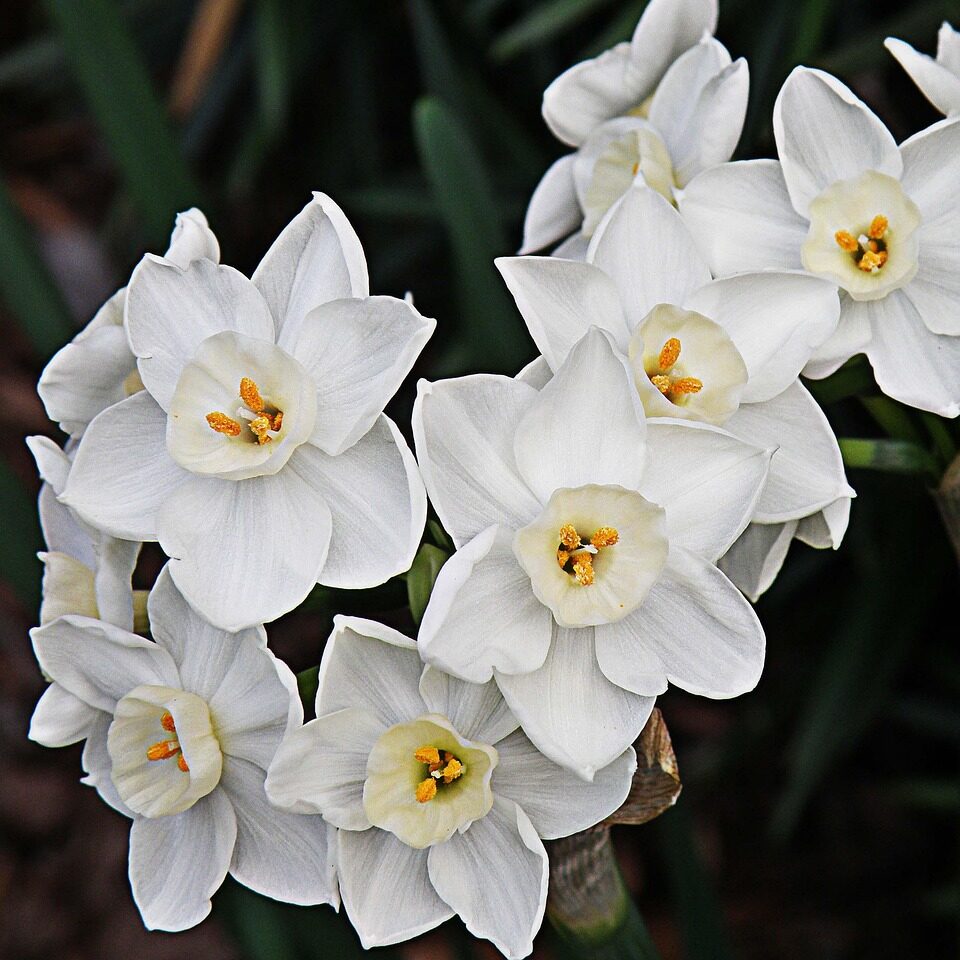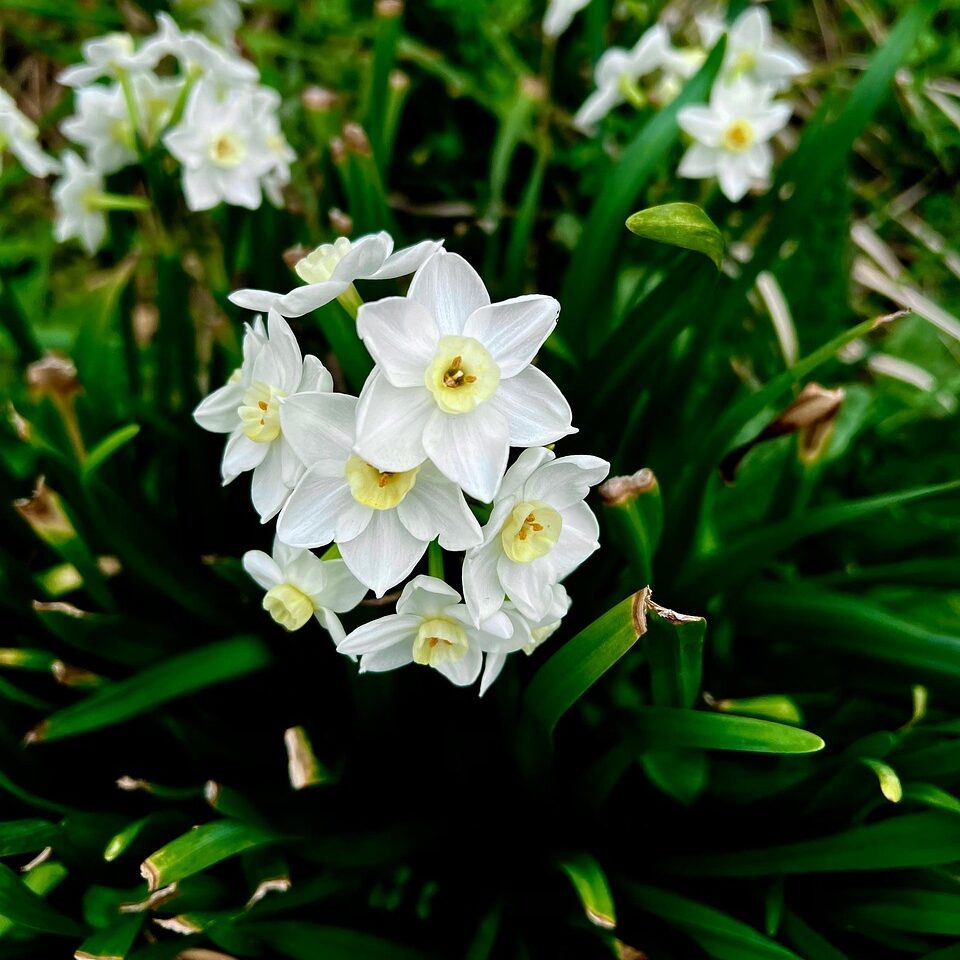The beginning of a new year brings crisp air, new intentions, and two meaningful blooms to celebrate January birthdays. The January birthflowers — carnation and snowdrop — each carry their own symbolism of love, hope, and renewal.
Whether you’re looking for the perfect January birthday flowers or just want to learn more about your Jan birthflower, this guide shares everything you need to know about the flowers for January.
Jan Birth Flower Carnation: Classic and Bold
Symbolism
The carnation (Dianthus caryophyllus) is the most recognized January birthflower. Known for its frilly petals and rich fragrance, carnations come in a variety of colors, each with its own symbolic meaning:
- Pink – Gratitude, motherly love
- Red – Love, admiration
- White – Purity, luck
- Yellow – Disappointment (traditionally)
- Purple – Whimsy and spontaneity
As a flower for January, the carnation represents:
- Deep and enduring love
- Fascination and admiration
- Strength and beauty in cold seasons
It’s an expressive and personal way to celebrate someone born in the heart of winter.

History and Cultural Meaning
Carnations have a long history, dating back over 2,000 years. They were used in ceremonial crowns in Ancient Rome and Greece, and later gained spiritual significance in Christianity — believed to have grown from the tears of the Virgin Mary.
Today, carnations are a symbol of timeless love and remembrance. They’re often given on Mother’s Day, at weddings, and, of course, as meaningful January birthday flowers.
Jan Birth Flower Snowdrop: Delicate and Hopeful
Symbolism
The snowdrop (Galanthus) is a lesser-known but deeply symbolic Jan birthflower. Blooming through the snow in late winter, snowdrops are a beautiful sign of hope and resilience.
Snowdrops are often associated with:
- Hope and new beginnings
- Purity and innocence
- Strength through adversity
As a January birthflower, the snowdrop reflects the quiet strength of those born at the start of the year.

History and Cultural Meaning
Native to Europe and parts of the Middle East, snowdrops have long been admired for their ability to bloom in the coldest months. In folklore, they were thought to ward off evil and bring good fortune. During the Victorian era, they symbolized consolation and purity in the language of flowers.
Although more subtle than the bold carnation, the snowdrop’s resilience and beauty make it a perfect flower for January — especially for those who bring calm and clarity to others.

Gifting January Birthflowers
Carnations and snowdrops both make heartfelt and thoughtful gifts for those born in January. Consider these creative ways to incorporate the January birthday flowers into celebrations:
- A bouquet combining white carnations and delicate snowdrops
- Pressed flower art featuring both blooms
- A personalized birthflower necklace or charm
- Handwritten notes explaining the meaning behind their Jan birthflower
- A birthday card with vintage-style floral illustrations
These symbolic touches turn a simple gift into a deeply personal gesture.
Final Thoughts
Whether you’re drawn to the vibrant emotion of the carnation or the quiet strength of the snowdrop, the January birthflower tells a beautiful story. These flowers for January remind us that even in the heart of winter, there is warmth, love, and the promise of new beginnings.
Celebrate the season — and the person — with meaning.


Explore More Birthflowers
→ View Birthflowers for Every Month
Want to complete your January birthday symbolism? Learn about the January birthstone and discover how it pairs with your birthflower.





















































